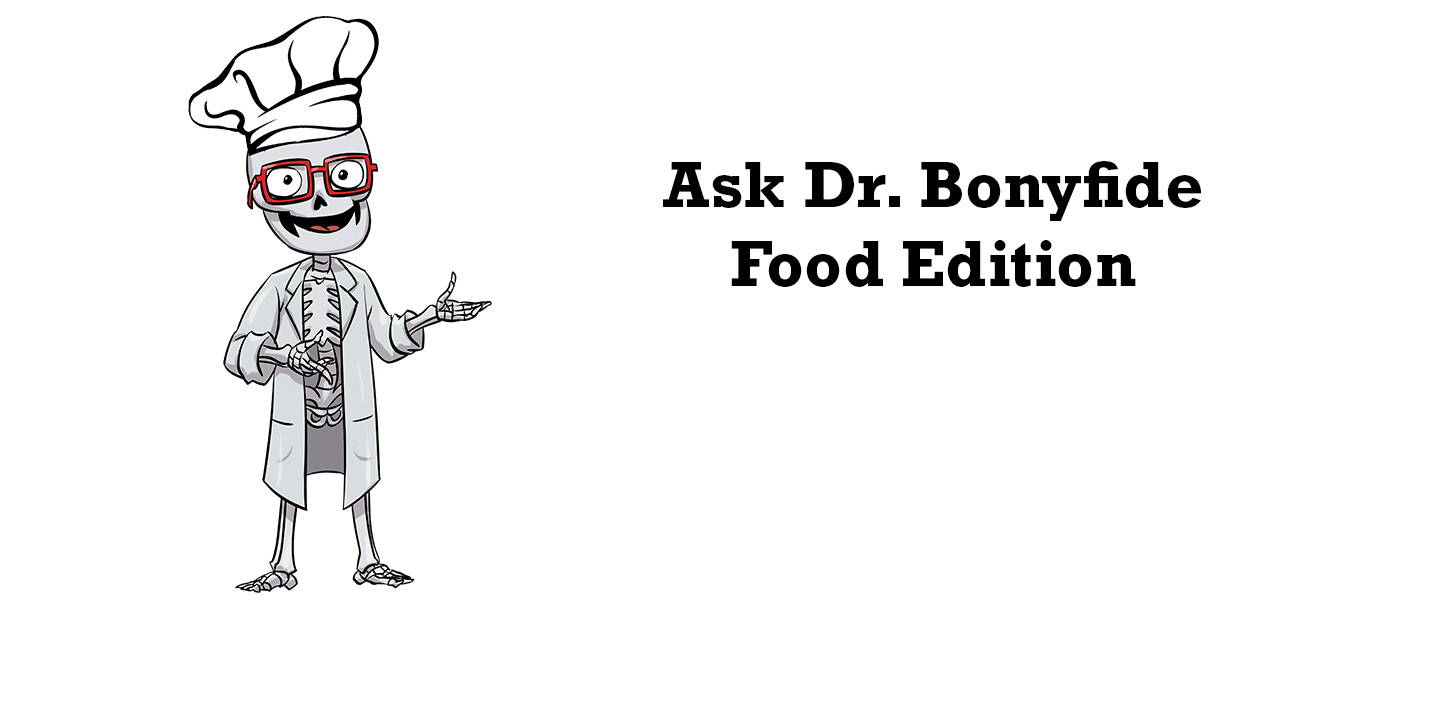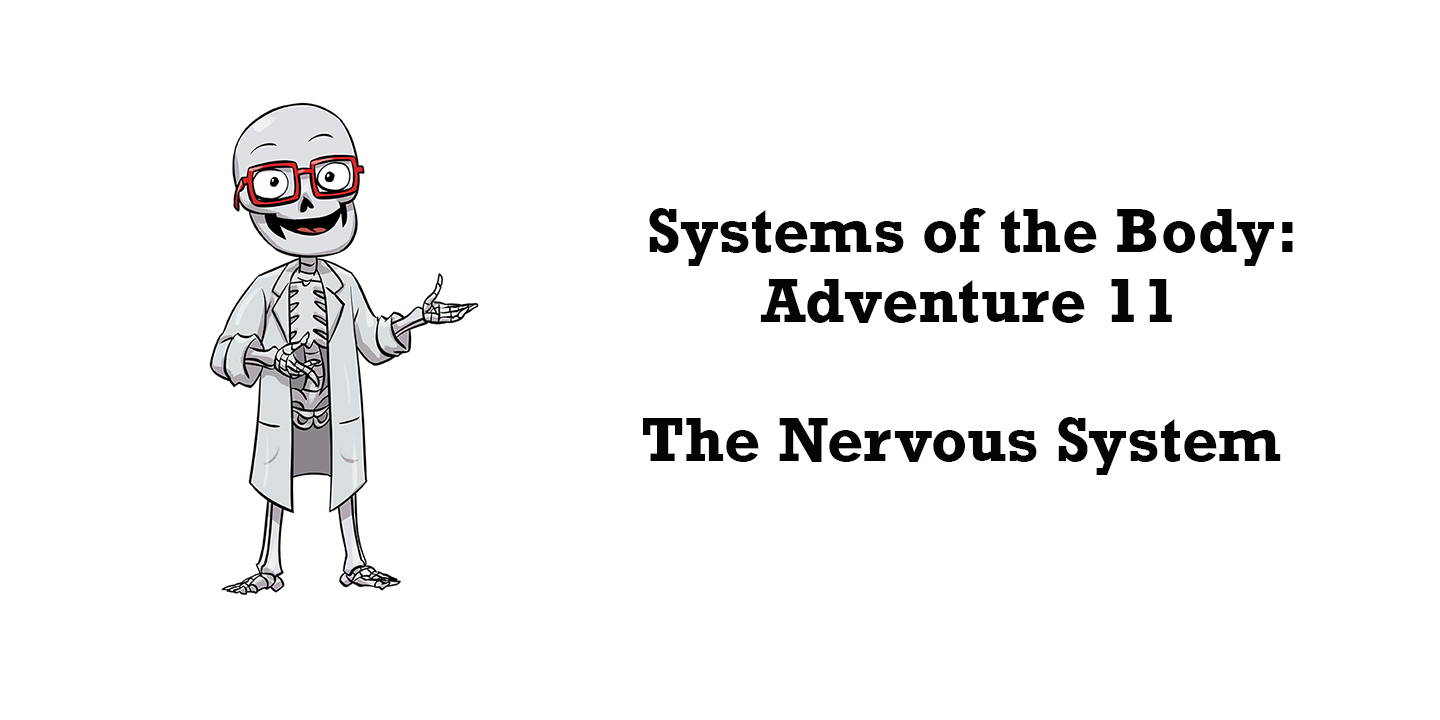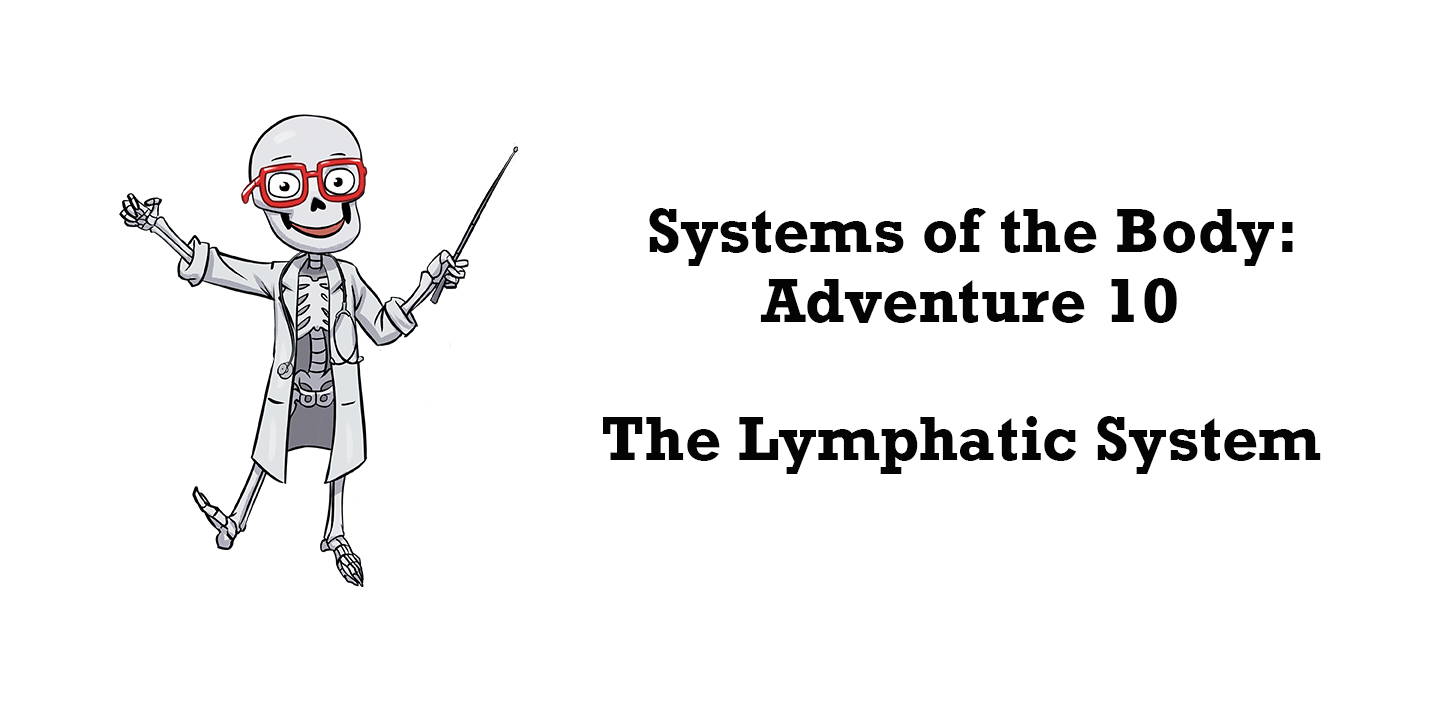
Know Yourself Blog
Do you think you feel everything that touches you all day? Of course you feel your pencil in your hand, the warm water of a shower, a high-five with a friend. But what about your clothes—do you feel them on your body? You probably do now because I mentioned it. Most of the day, though, we don’t even think about the sensation of our clothes, even though they’re touching a great deal of our skin. The reason for this is sensory gating, your brain’s ability to ignore irrelevant signals.
- by Know Yourself
- 08 December, 2021
- 3 min read
- by Know Yourself
- 08 December, 2021
- 3 min read
Childhood mealtimes: where grilled cheese and chicken fingers are their own food group, the only vegetables consumed are the ones hiding in other foods, and too many colors on the plate can be a deal-breaker. Kids and picky eating can go hand-in-hand. While it can be reassuring to know that most finicky eating is perfectly normal—and backed by science!—some parents are just trying to get through the day without the dinner table turning into a debate stage (again…).
- by Know Yourself
- 24 November, 2021
- 4 min read
Do you know what you’re eating? Of course you do -- we all do, we’re the ones who ate it. Why then, do so many people have trouble with the question, “What did you have for dinner last night?” And if you ask them about two nights ago, that tends to leave them stumped.
Forgetting your meal history is pretty normal, but it can make it difficult to know if you’re eating enough of the right things. To see how well-balanced your diet is, it can be useful to keep a log of everything you ate. That’s where food journals come in!
- by Know Yourself
- 24 November, 2021
- 3 min read
Bonne journée, adventurers! We spend so much time learning about our bodily machines, it only makes sense to take a look at the fuel they run on -- food! This week, as usual, our young adventurers are hungry for knowledge, and I’m excited as ever to dish it out! In discussing nutrition, the scientific mumbo-jumbo can get dairy complicated, so I’ll try not to milk it and keep the info nice and palatable. Anyway, enough stalk -- let’s get down to the meat and potatoes!
- by Know Yourself
- 24 November, 2021
- 4 min read
- by Know Yourself
- 24 November, 2021
- 3 min read
Good marrow to you, Adventurers! Adventure 10 is already here, and I bet you can tell we’re dying to ex-spleen the lymphatic system to you. The lymphatic system is a network of tubes that does many jobs - catches bacterial invaders, transports nutrients, carries lymph through its tubes and drains it into separate ducts. A system so amazing might seem like a pipe dream, but we’ve got questions this week from some adventurers who’ve found it very real. Read onward, and I’ll enlighten you with some lymphatic node-how.
- by Know Yourself
- 24 November, 2021
- 4 min read
We can think of the nervous system almost like an endless game of telephone -its goal is to get the right messages to the right places. But how does that happen? The answer is pretty complex, but a good way to get started with understanding how messages get from your brain to your body (or your body to your brain) is to learn a little about the brain’s chemical messengers -the neurotransmitters.
- by Know Yourself
- 24 November, 2021
- 5 min read
Listen up, my fellow microscopic villains! I know all of us bacteria and viruses want to infiltrate the human body, but there are some serious forces we’ve got to know our way around if we’re going to be successful. Today we’re going to take a journey into the lymphatic system. While you may not hear about it as much as some other parts of the body, it has clever defenses waiting to foil us at every turn. Read on if you want to stand a chance of navigating its maze of crafty checkpoints standing in our way.
- by Know Yourself
- 24 November, 2021
- 4 min read
When we think about which system of the body fights off sickness and diseases, which one do you think of? If you thought of the immune system, you’re not wrong -however, the immune system is not the only body system in town that’s important for disease prevention and opposition. The lymphatic system plays a crucial role in aiding the immune system to counter and interrogate illnesses.
- by Know Yourself
- 24 November, 2021
- 3 min read
One of the most unique and interesting things about our lymphatic system is that it sends the lymph in only one direction. Think of it like a river - the water flows downstream to the ocean, but never runs back up the same way. However, unlike river water, lymph doesn’t rely solely on the help of gravity to get it moving. In fact, it sometimes needs to flow against gravity.
- by Know Yourself
- 24 November, 2021
- 3 min read
The integumentary system includes our hair, skin, and nails. Why are these all grouped within the same system? It might not be obvious at first, but they all serve a unifying function. The skin, hair, and nails provide a barrier between our internal organs and the external world, protecting our body from pathogens and our organs from injury.
- by Know Yourself
- 24 November, 2021
- 5 min read















